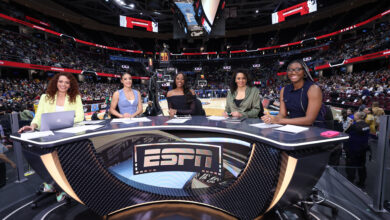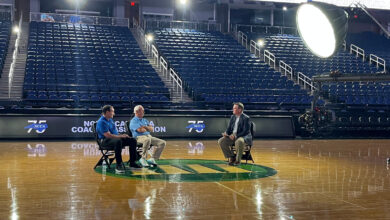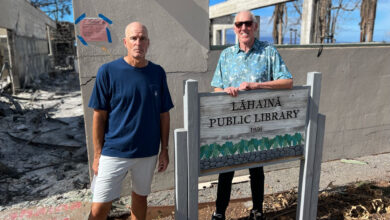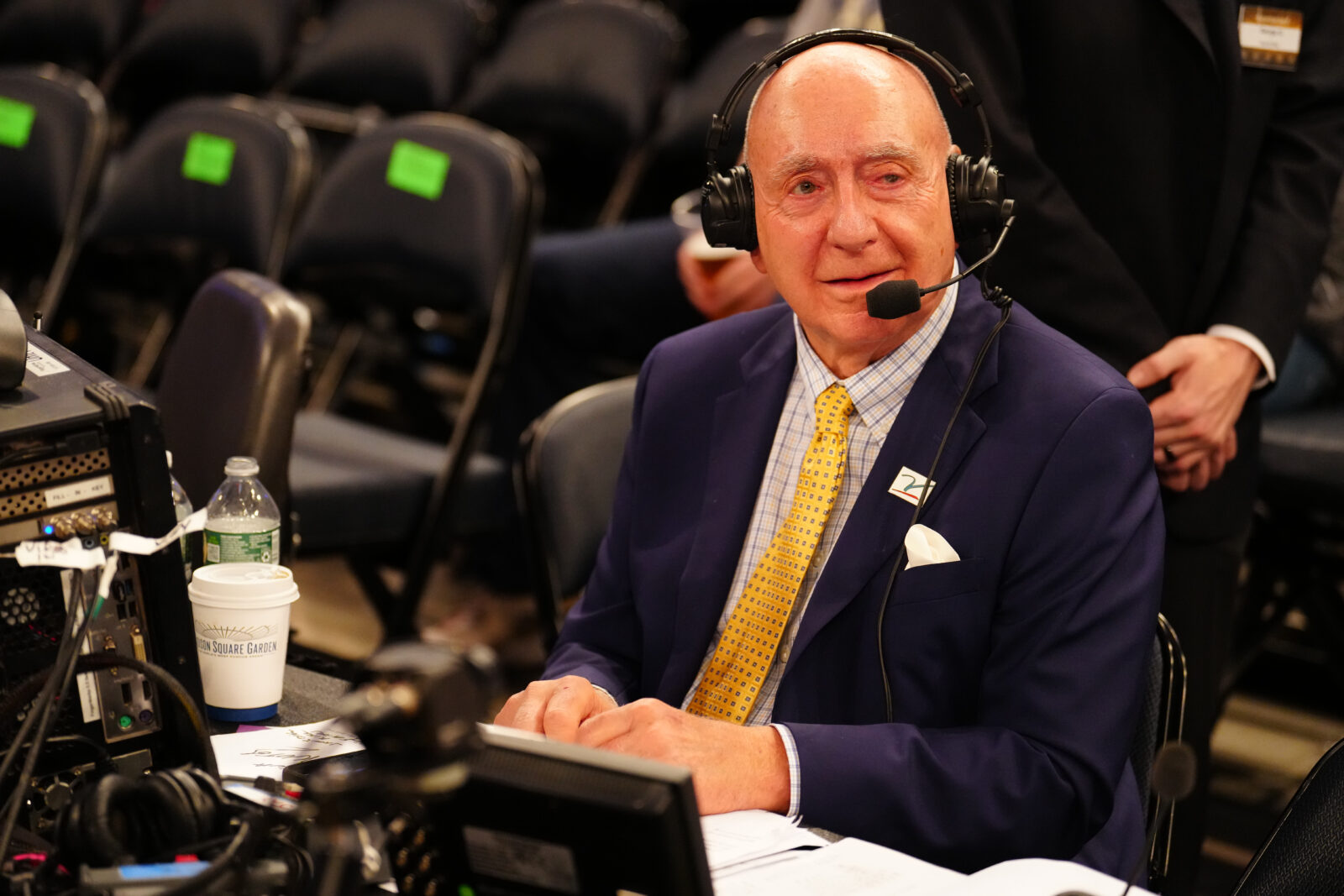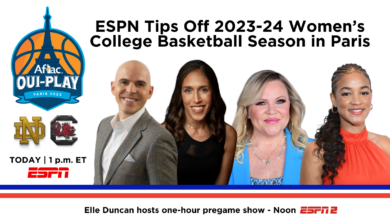Crew members reflect on working 20 years of ESPN’s Women’s Final Four coverage
![Final Four in Charlotte in 1996 [the first Final Four on ESPN] of John Maddrey (R to L) with game announcers Mike Patrick and Ann Meyers, and stat man Fred Kiger.](https://www.espnfrontrow.com/wp-content/uploads/2015/04/pic.png)
(Photo courtesy of John Maddrey/ESPN)
The 20th straight year of ESPN’s exclusive coverage of the NCAA Division I Women’s Basketball Championship culminates this weekend in Tampa Bay, Fla., with the 2015 Women’s Final Four showcasing all four No. 1 seeds – UConn, Maryland, Notre Dame and South Carolina. Four individuals – Leo Boucher, John Maddrey, JohnMark Stewart and Tim Tew – have played a part in all 20 years of ESPN’s women’s tournament telecasts.
Boucher has been in charge of the video every year while Maddrey has worked as the talent statistician. Stewart works as the EVS coordinator overseeing replays, and Tew has operated the mid-court super slow motion handheld camera for the last 18 years.
Front Row caught up with the Final Four foursome prior to their 20th NCAA Women’s Basketball Championship.
What does it mean to have been part of all 20 years of ESPN’s coverage of the women’s tournament?
TT: The most impressive characteristic of our coverage is that ESPN has always treated it as a big event, using state-of-the-art equipment and production techniques, high visibility promotion and, most importantly, top-shelf people.
JMS: I have worked with ESPN since the early 80s, thousands of events, and to be part of any show for 20 years is always a privilege. Throughout the history of this event, I have had the opportunity to work with the best people within the ESPN family, and the pride, professionalism and teamwork of the entire crew makes the Women’s Final Four a great event to be a part of.
What are the biggest differences you have seen from the start of the coverage to what ESPN does now?
LB: The use of major technology and the changes ESPN has adopted over the years have allowed production to do much more.
JM: The amazing technological advances that enable the viewer to keep up with live action on the court while constantly having real-time access to the clock and score. It’s hard to watch older game footage that didn’t have what we have now!
What is your greatest or most exciting memory from the Women’s Final Four over the 20 years?
LB: All 20 years have been so different. No one thing jumps out to me, just great games made possible by great production.
JM: The 2006 title game in Boston when Maryland won in overtime against Duke on a last-second shot. It was definitely one of the most exciting moments I’ve experienced in the 33 years of working college basketball broadcasts.
JMS: The memories are not just the basketball, but the people we get to work with. Working on this event in the early days with [director] Chip Dean and [producer] Tim Corrigan inspired everyone, making it fun and exciting. That atmosphere continues to this day with Phil Dean (producer) and Mike Schwab (director).
